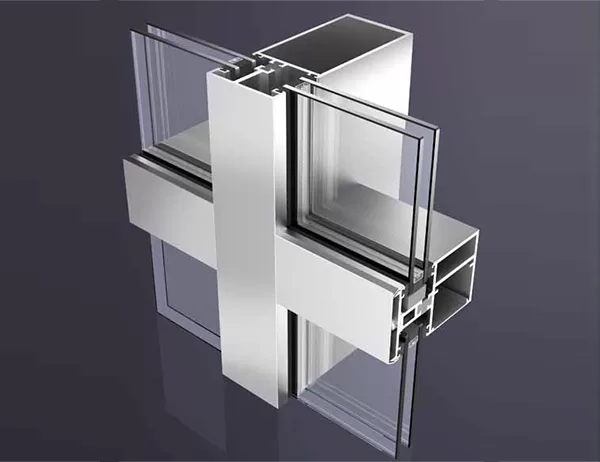In the realm of architectural design, materials play a pivotal role in shaping aesthetic appeal and functionality. One such material that has gained significant traction for its versatility and elegance is polished aluminium angle. This article delves into the multifaceted ways in which polished aluminium angle enhances aesthetics, providing insights into its applications and benefits.
Versatility and Flexibility
Polished aluminium angle offers unmatched versatility, allowing designers to explore a wide range of architectural forms and styles. Its unique shape enables it to be seamlessly integrated into various structures, from sleek contemporary facades to ornate historical buildings. Whether used as a framing element, trim, or decorative accent, polished aluminium angle adapts seamlessly to different design concepts.
Durability and Longevity
Aluminium is renowned for its exceptional durability and resistance to corrosion, making polished aluminium angle an ideal choice for both interior and exterior applications. Its resistance to weathering and UV rays ensures that it retains its polished finish over an extended period, minimizing the need for maintenance and repairs. This exceptional longevity enhances the aesthetic appeal of buildings by preserving their beauty and integrity for years to come.
Reflectivity and Light Diffusion
Polished aluminium angle possesses a high reflectivity, which enhances the ambient illumination within spaces. Its mirror-like surface reflects light throughout rooms, creating a sense of spaciousness and brightness. This light-diffusing property makes it particularly suitable for areas with limited natural light sources, where it can brighten up spaces and create a more inviting atmosphere.
Modernistic Appeal
Polished aluminium angle embodies the essence of modern architecture, characterized by its clean lines, crisp edges, and minimalist aesthetic. Its reflective surface adds a touch of glamour and sophistication to contemporary structures, creating an air of sleekness and refinement. As an accent piece or a structural element, polished aluminium angle lends a touch of elegance to any space, enhancing its overall aesthetic appeal.
Energy Efficiency and Sustainability
In an era of increasing environmental consciousness, sustainability has become a key consideration in architecture. Polished aluminium angle contributes to energy efficiency by reflecting sunlight, reducing heat absorption in buildings. Additionally, aluminium is a highly recyclable material, making it a sustainable option that minimizes environmental impact.
Conclusion
Polished aluminium angle is a multifaceted material that offers a myriad of aesthetic enhancements to architectural designs. Its versatility, durability, reflectivity, modernistic appeal, and energy efficiency make it an attractive choice for both interior and exterior applications. Whether used as a framing element, trim, or decorative accent, polished aluminium angle elevates the aesthetics of buildings, creating spaces that are not only visually pleasing but also functional and sustainable.




